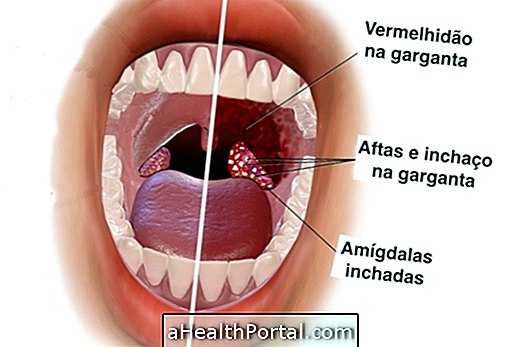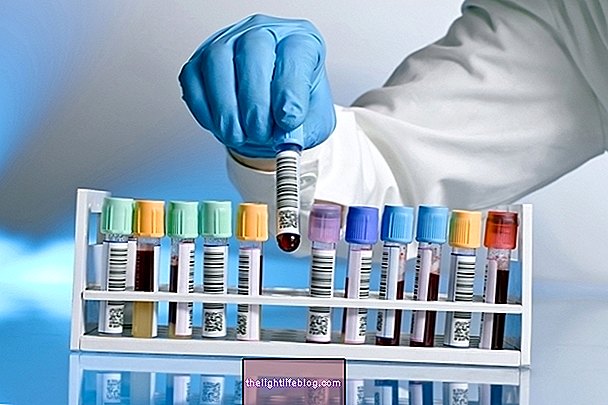Berardinelli-Seipe syndrome, also known as generalized congenital lipodystrophy, is a rare genetic disease characterized by malfunctioning of fat cells in the body, so that there is no normal accumulation of fat in the body, since it is stored in others such as liver and muscle.
One of the main features of this syndrome is the development of severe diabetes that usually begins during puberty, around 8 to 10 years, and should be treated with a diet low in fats and sugars and with medicines that help control diabetes and high cholesterol.

Symptoms
The symptoms of Berardinelli-Seipe Syndrome are linked to the reduction of normal fat tissue in the body, leading to features that may arise as early as the first year of life, such as:
- High cholesterol and triglycerides;
- Insulin resistance and diabetes;
- Chin, large, elongated hands and feet;
- Muscle enlargement;
- Increased liver and spleen, causing swelling in the belly;
- Heart problems;
- Accelerated growth;
- Exaggerated increase of appetite, but with weight loss;
- Irregular menstrual cycles;
- Thick and dry hair.
In addition, symptoms such as high blood pressure, cysts on the ovaries and swelling of the sides of the neck, near the mouth may also appear. These symptoms can be observed from childhood, becoming more evident from puberty.
Diagnosis and Treatment
The diagnosis of this syndrome is made based on the evaluation of the patient's clinical characteristics and tests that will identify problems in cholesterol, liver, kidney and diabetes.
From the confirmation of the diagnosis, the treatment is directed mainly to control diabetes and cholesterol and avoid the complications of the disease, and may be used medications such as Metformin, insulin and Simvastatin.
In addition, you should also eat a low-fat, high-omega-3 diet to help control cholesterol, as well as control the consumption of sugar and simple carbohydrates such as rice, flour and pasta to help control diabetes . See what to eat in diabetes.
Complications
The complications of Berardinelli-Seipe Syndrome depend on the follow-up of the treatment and the response of the patient's body to the medications used, resulting in excess liver fat and cirrhosis, accelerated growth in childhood, precocious puberty and cysts in the bones, causing frequent fractures.
In addition, it is also common that diabetes presented in this disease leads to complications such as vision problems, kidney problems and increased risk of cardiovascular disease.























